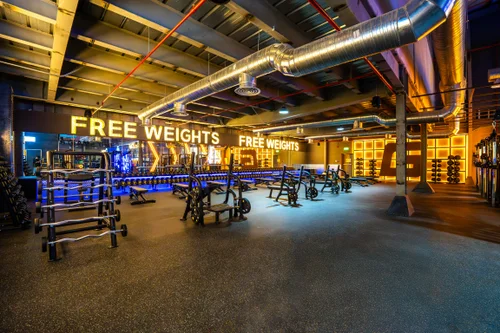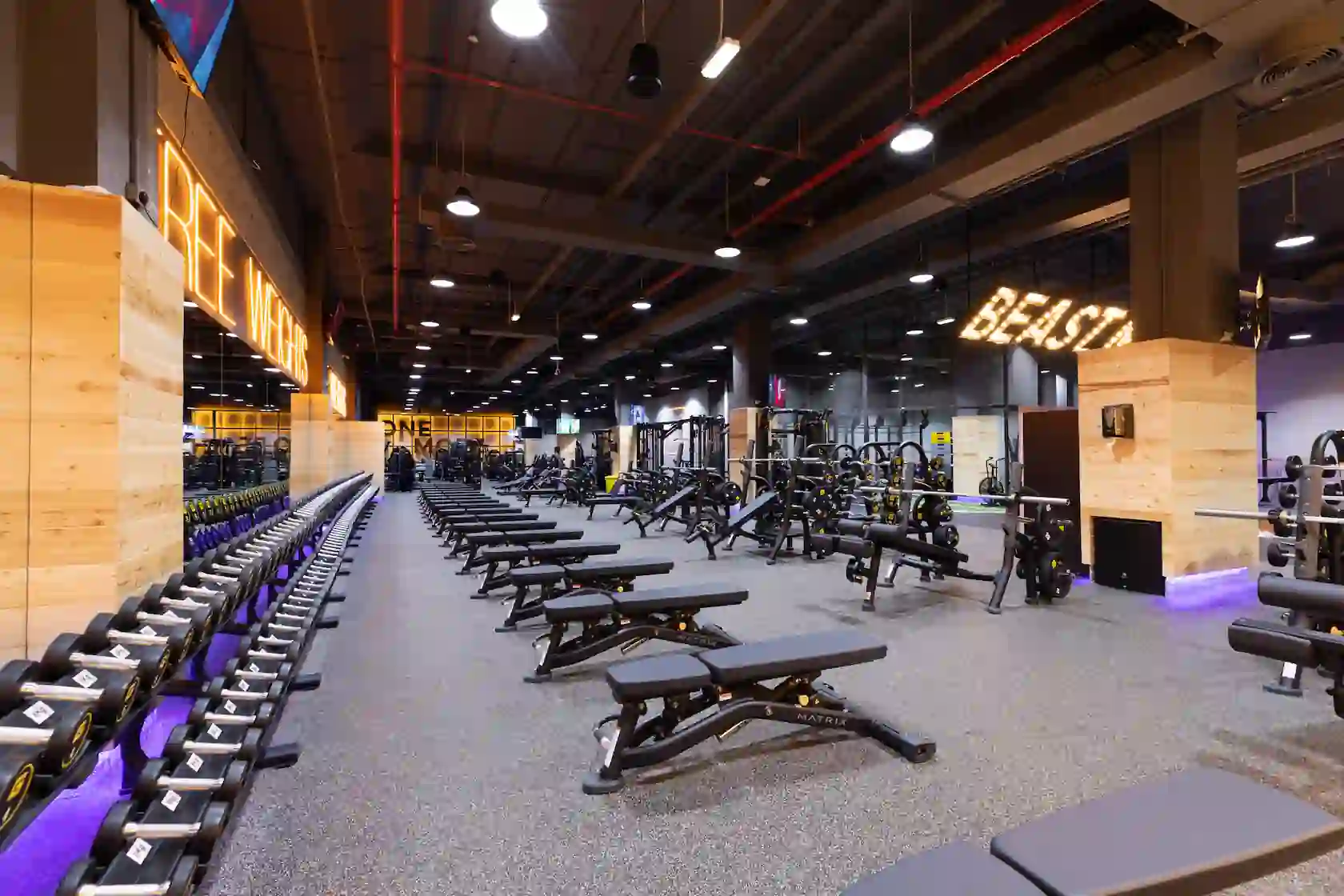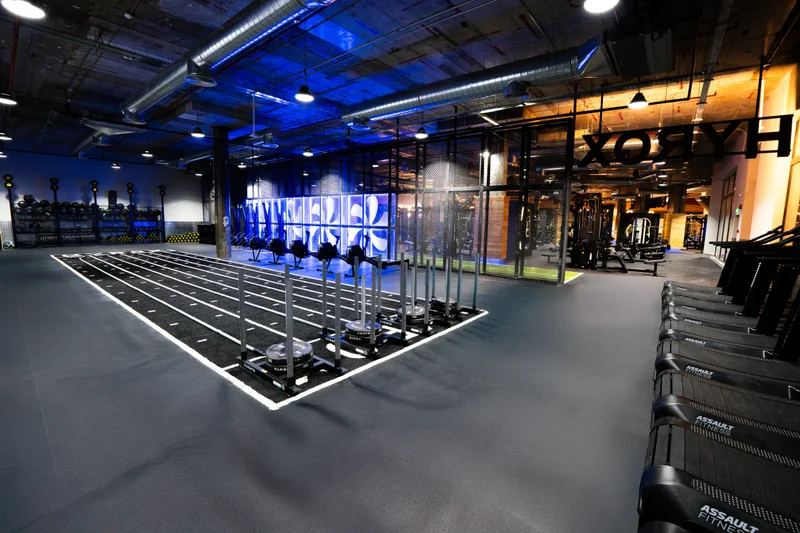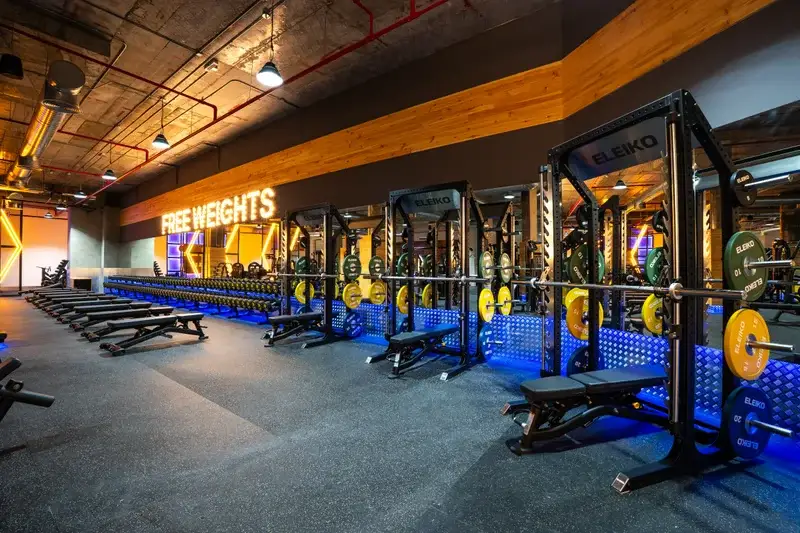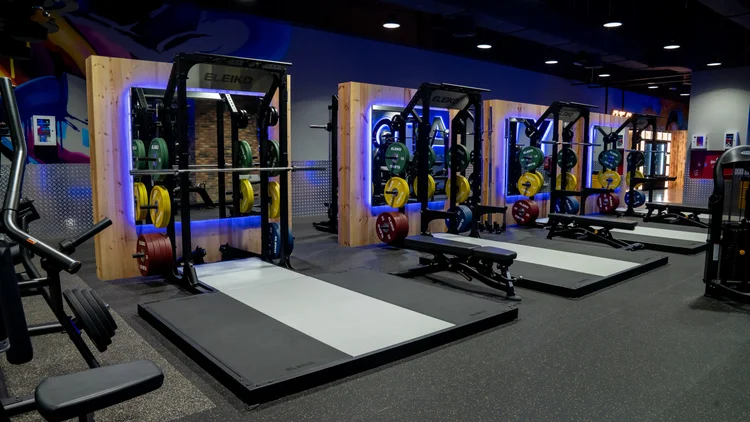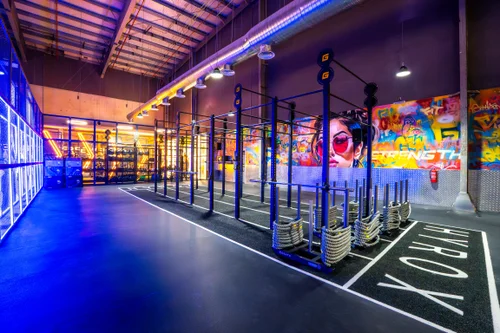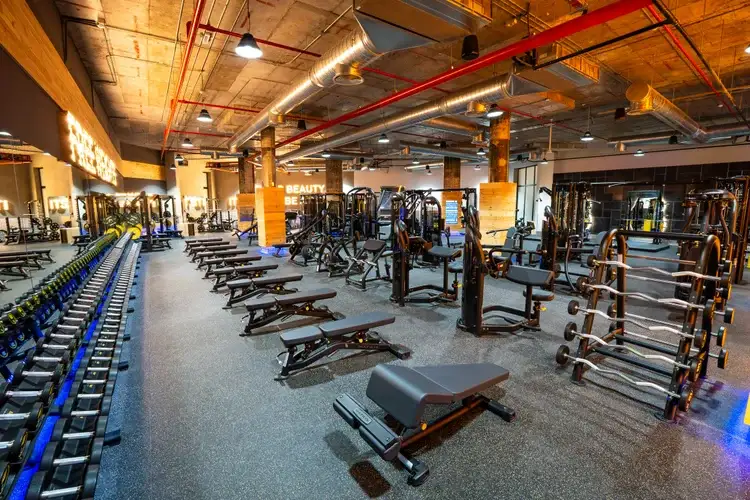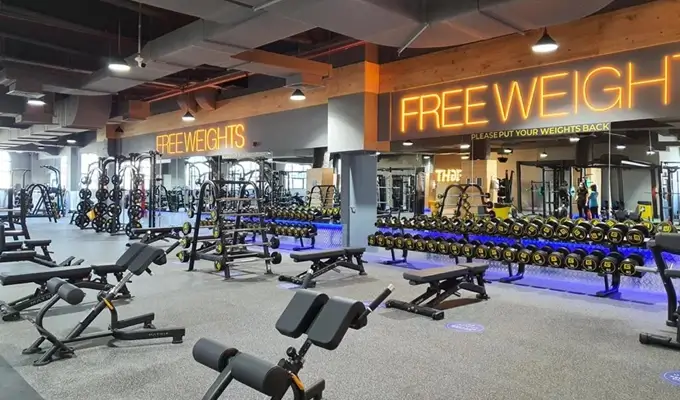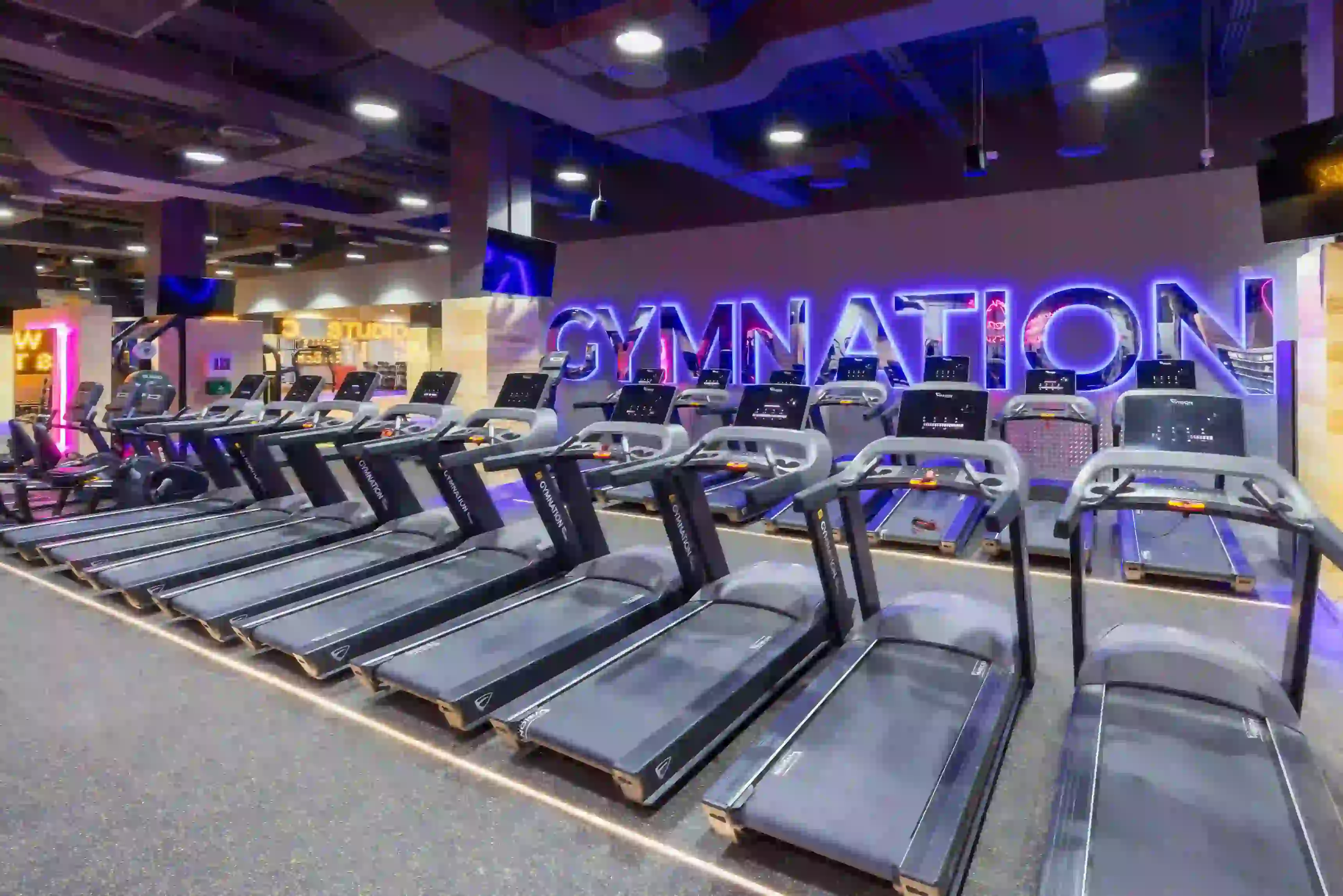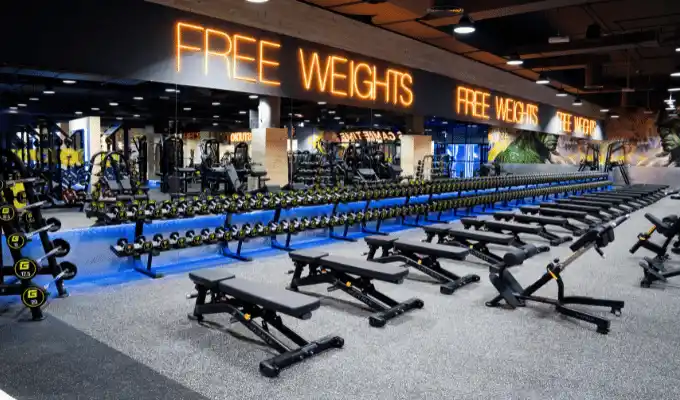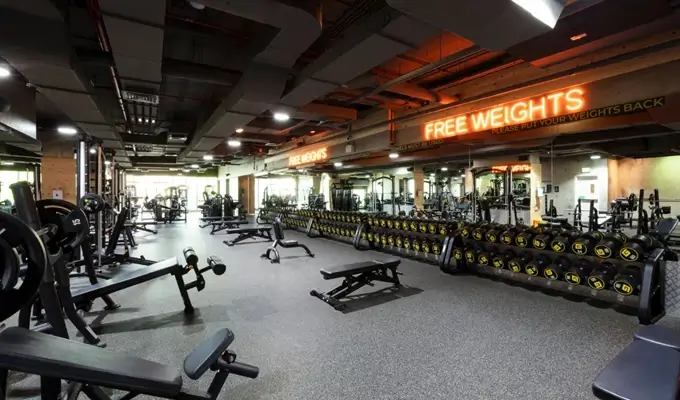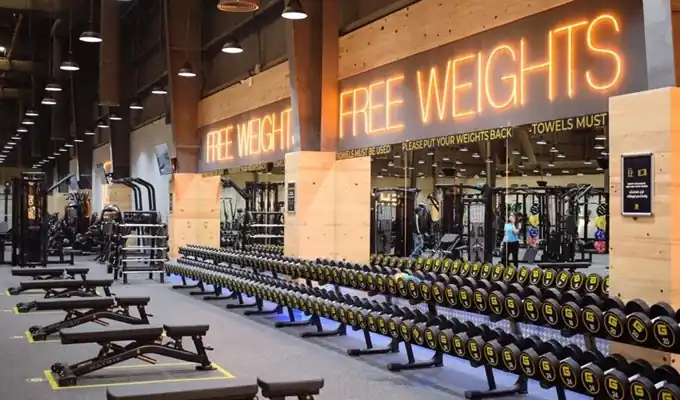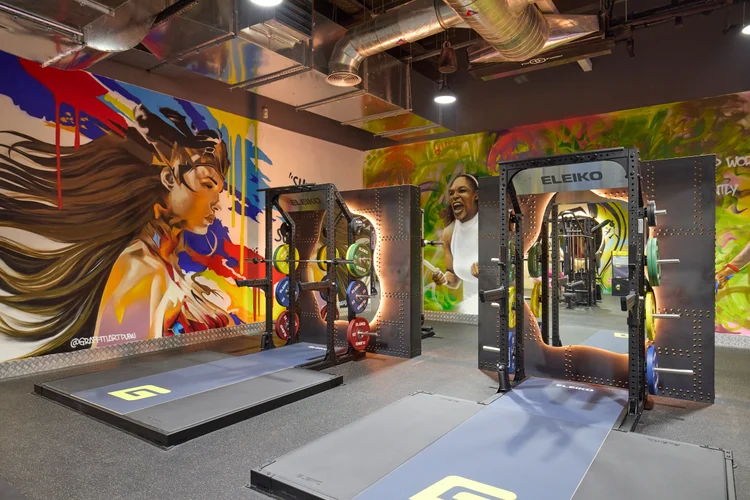Do Wrist Weights Really Boost Your Walk?

SIGN UP FOR YOUR FREE DAY PASS TODAY!
Remember the ‘90s, when neighborhood moms power walked with weights strapped to their wrists?
This retro fitness trend is making a comeback, and it’s even more popular thanks to TikTok. People are using wrist weights to build arm muscles and enhance their walks.
But is using wrist weights an effective workout? Here’s what you need to know before adding them to your routine.
The Benefits of Walking with Wrist Weights
Walking with wrist weights makes you work harder, though not necessarily in the way you might expect.
Adding extra weight to your wrists increases the workload on your muscles and joints, and it also makes your heart pump faster.
This increased effort strengthens your cardiac muscle, explains Teddy Savage, CPT, national lead fitness trainer at Planet Fitness.
With wrist weights, your daily walk can become a more effective workout without needing to pick up the pace.
A 2021 study on college students published in the Federation of American Societies for Experimental Biology (FASEB) Journal found that wearing wrist weights while walking increased heart rates and oxygen consumption, markers of exercise intensity.
Other research indicated that wearing wrist and ankle weights during daily activities for just 20 minutes three times a week boosted muscle mass.
However, the muscle-building effects of wrist weights are minimal due to their light load.
“I wouldn’t think about this as adding a lot of strength or growth to your muscles,” Savage says.
Muscle growth requires enough stress to create microscopic tears in muscle fibers, which light weights typically don’t provide.
Building Stronger Muscles
For stronger biceps, triceps, and shoulders, heavier weights are key, says Kelly Bernadyn, CPT, a Michigan-based group fitness instructor at Life Time clubs.
“Heavy” is subjective and means whatever weight you can lift about six times before your form deteriorates.
Savage recommends a progressive overload plan, gradually increasing the challenge by lifting heavier weights, adding reps, or reducing rest breaks to keep muscles responding.
Tips for Adding Wrist Weights to Your Walks
Knowing that wrist weights primarily boost cardio, here are some tips if you decide to try them:
· Check for injuries or conditions: If you have elbow or shoulder injuries, balance issues, or bone density concerns, consult your doctor first.
· Start gradually: Begin with one to three pounds and gradually increase to five pounds as your body adapts.
Avoid heavier weights to prevent stress on your elbow joints. Savage also suggests initially reducing your walking distance.
· Consider rucking for a bigger challenge: For more cardio intensity, try rucking by carrying extra weight in a backpack or weighted vest, which centers the load on your body. This doesn’t work your arms but increases heart rate.
· Maintain your other workouts: Don’t rely solely on wrist weights for stronger arms. Incorporate upper-body strength training into your routine for better results.
Incorporating wrist weights can enhance your overall wellness routine.
"This is just another crayon in the box of 64," Savage says. "We want to create the most colorful and robust picture of wellness possible. Adding something new is wonderful."
Source: self
The opinions shared in the GymNation blog articles are solely those of the respective authors and may not represent the perspectives of GymNation or any member of the GymNation team.
GET YOUR FREE TRIAL TODAY
























